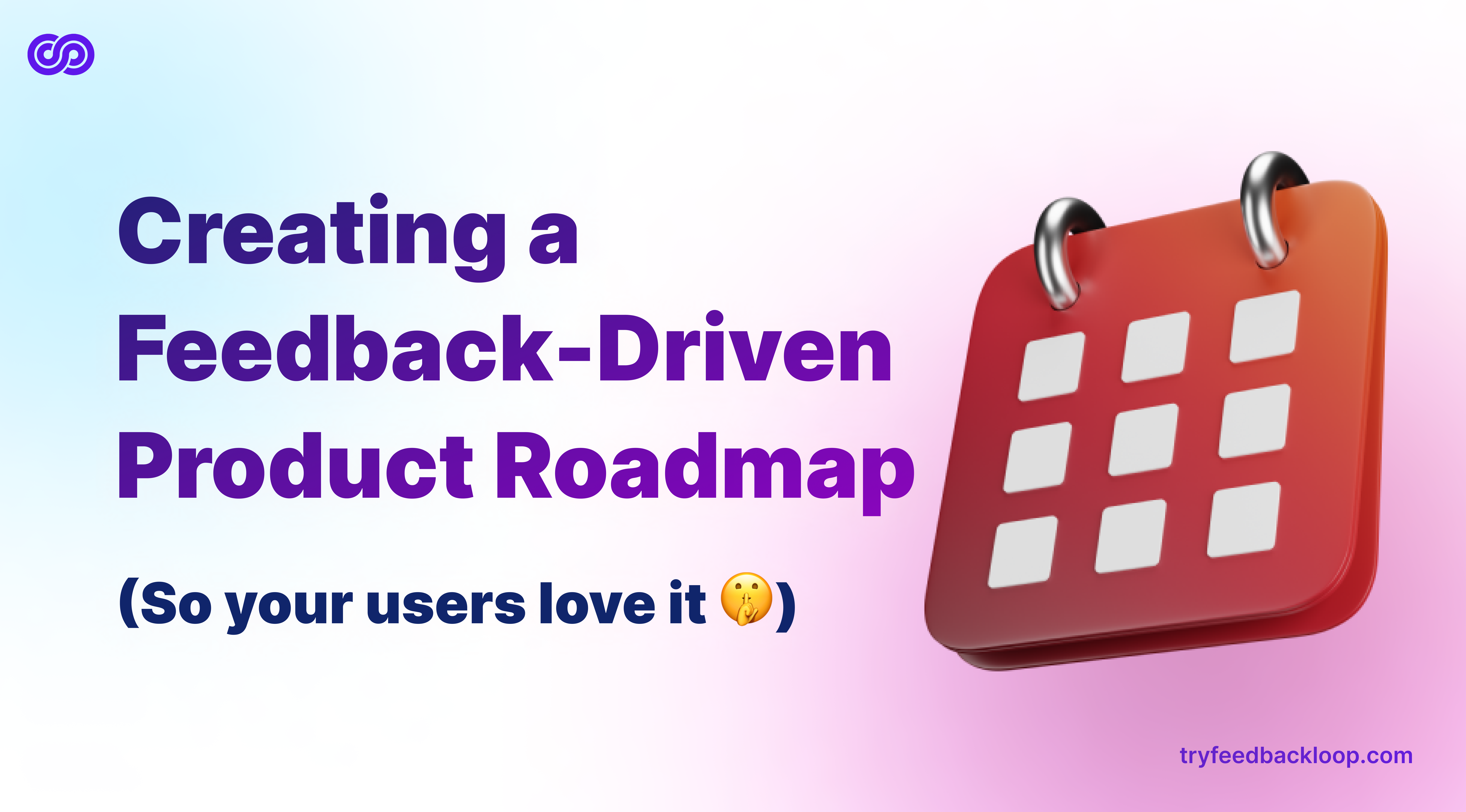
Creating a Feedback-Driven Product Roadmap
Hey there ! It's Mehdi, one of the first things I did for my SaaS is build a product roadmap ! Creating a product roadmap is a crucial step for any SaaS business. It provides a clear direction for development and helps align the entire team towards common goals. However, the most effective roadmaps are those that are driven by user feedback. Here's how you can create a feedback-driven product roadmap to ensure your product evolves in line with your users' needs.
The Importance of a Feedback-Driven Approach
Using user feedback to guide your product development brings numerous benefits. It helps ensure that the features you develop are those that your users actually want and need. By aligning your product goals with user needs, you can improve user satisfaction and retention. There are many examples of successful feedback-driven roadmaps where companies have seen significant growth by listening to their users.
Collecting User Feedback
To create a feedback-driven roadmap, you first need to collect feedback from your users. There are several effective methods for gathering feedback:
- Surveys: Send out surveys to your users to get their opinions on various aspects of your product.
- Direct Feedback: Encourage users to provide direct feedback through your app or website.
- User Testing: Conduct user testing sessions to observe how users interact with your product and identify pain points.
It's important to keep the feedback collection process ongoing. This ensures that you continuously gather fresh insights and can respond to evolving user needs.
Analyzing and Prioritizing Feedback
Once you've collected feedback, the next step is to analyze it to identify key themes and priorities. Look for patterns in the feedback to understand what features or improvements are most requested. Prioritize feedback based on factors such as impact, feasibility, and user demand.
Categorize the feedback into different themes, such as new features, bug fixes, or user experience improvements. This will help you organize and prioritize your roadmap effectively.
Developing the Product Roadmap
With prioritized feedback in hand, you can start developing your product roadmap. Translate the feedback into actionable items on the roadmap. Balance short-term improvements with long-term goals to ensure steady progress.
It's also important to involve stakeholders in the roadmap development process. This ensures that everyone is aligned and that the roadmap reflects the overall vision and strategy of the company.
Communicating the Roadmap to Users
Transparency is key when sharing your roadmap with users. It builds trust and shows users that you value their input. Regularly update users on the progress of roadmap items and any changes that may occur.
Use a public roadmap to communicate updates and changes effectively. This allows users to see what features are being developed and when they can expect them to be released. It also provides a platform for users to continue providing feedback and suggestions.
Iterating on the Roadmap Based on Ongoing Feedback
A feedback-driven roadmap is not a one-time effort. Continuously update your roadmap based on new feedback and market changes. This ensures that your product remains relevant and meets the evolving needs of your users.
Maintain flexibility in your roadmap to accommodate new insights and priorities. Regularly review and adjust the roadmap as needed to stay aligned with user feedback and business goals.
Measuring the Success of a Feedback-Driven Roadmap
To evaluate the effectiveness of your feedback-driven roadmap, track key metrics such as user engagement, satisfaction, and retention rates. Use tools and techniques to measure progress and gather ongoing feedback.
Learning from user feedback is an iterative process. Continuously refine and improve your roadmap based on what you learn. This will help you build a product that truly resonates with your users.
Best Practices for a Feedback-Driven Roadmap
Fostering a feedback-friendly culture within your team is essential. Encourage team members to listen to and act on user feedback. Create an environment where users feel comfortable sharing their thoughts and suggestions.
Leverage community insights to enhance your roadmap. Engage with your user community regularly and use their feedback to drive product improvements.
Conclusion
NOw you know why you need a feedback driven roadmap ! Thanks for reading this little article, you can get a 7 days free trial on Feedbackoop to start building better features for your software.